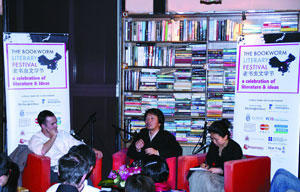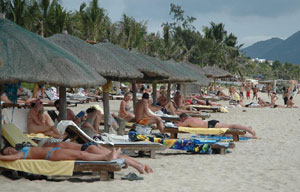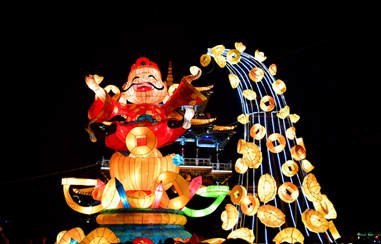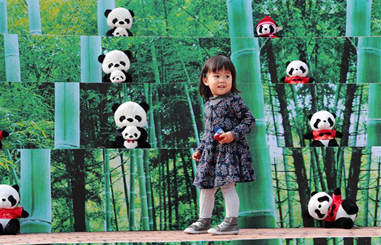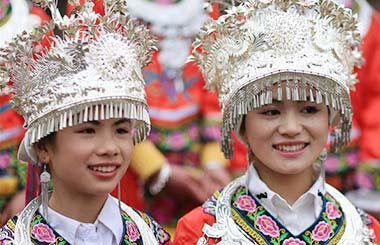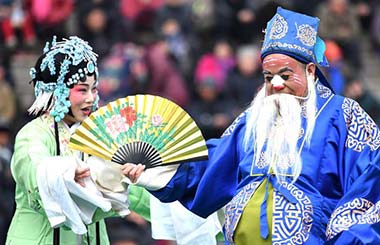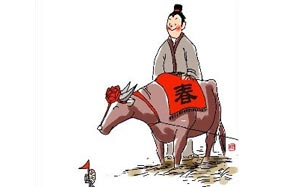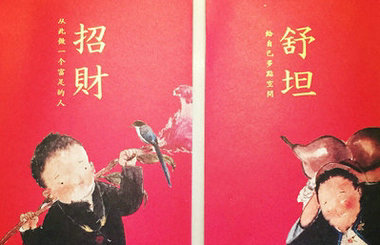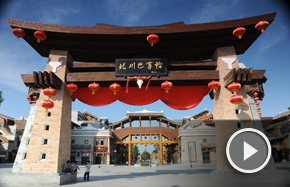A long chapter's lasting journey
Russian literature has long history of showcasing neighbor's culture
William A.P. Martin, the US missionary who first translated Russian literature into Chinese, which appeared in a Shanghai magazine in 1872, would never have expected Russian works to go on a lasting journey deep into the neighboring country.
Liu Wenfei, a veteran researcher with the Chinese Academy of Social Sciences, told China Daily on Thursday on the eve of President Xi Jinping's visit to Russia: "Seldom in the world do we find so large a readership of Russian literature, and with such a persevering tradition of reading it, as we do here in China."
Liu, who is also president of the Chinese Association of Russian Literature Studies, said almost all Russian writers have been translated and introduced into China systematically.
Even during the "cultural revolution" (1966-76), a time when Jack Kerouac's On the Road was a class-A banned book, Russian literature still found a way through so-called yellow-covered books into Chinese intellectual life.
In more than a century, Russian literature - before, during and after the Soviet Union - has affected the establishment of contemporary Chinese ideology and influenced literary taste and Chinese writing, Liu said.
"Russian literature is like a mirror to Russian society, from which Chinese see China's past, present and future," he added.
Yellow-covered books
To poet Bei Dao, whose real name is Zhao Zhenkai, the yellow-covered books, secretly circulated underground in the 1960s and 1970s, when most foreign books were banned, were the source of his poetic inspiration.
The yellow-covered books, largely translations of Russian literature and theories of the then-Soviet Union, were first published as "internal material" in small print runs for Party leaders to study and argue against the then political line of the Soviet leadership, after relations between the two countries soured in the early 1960s, said Zhang Fusheng, a veteran editor with the People's Literature Publishing House, the main publisher of those books.
"But the situation took a twist: The books became luxuries among young people. They could be exchanged for other reading material and goods," 61-year-old Zhang said.
Nobel laureate Aleksandr Solzhenitsyn's One Day in the Life of Ivan Denisovich and Ilya Erenburg's The Thaw were first introduced as yellow-covered books. They were hugely popular among young readers who circulated and even hand-copied them.






